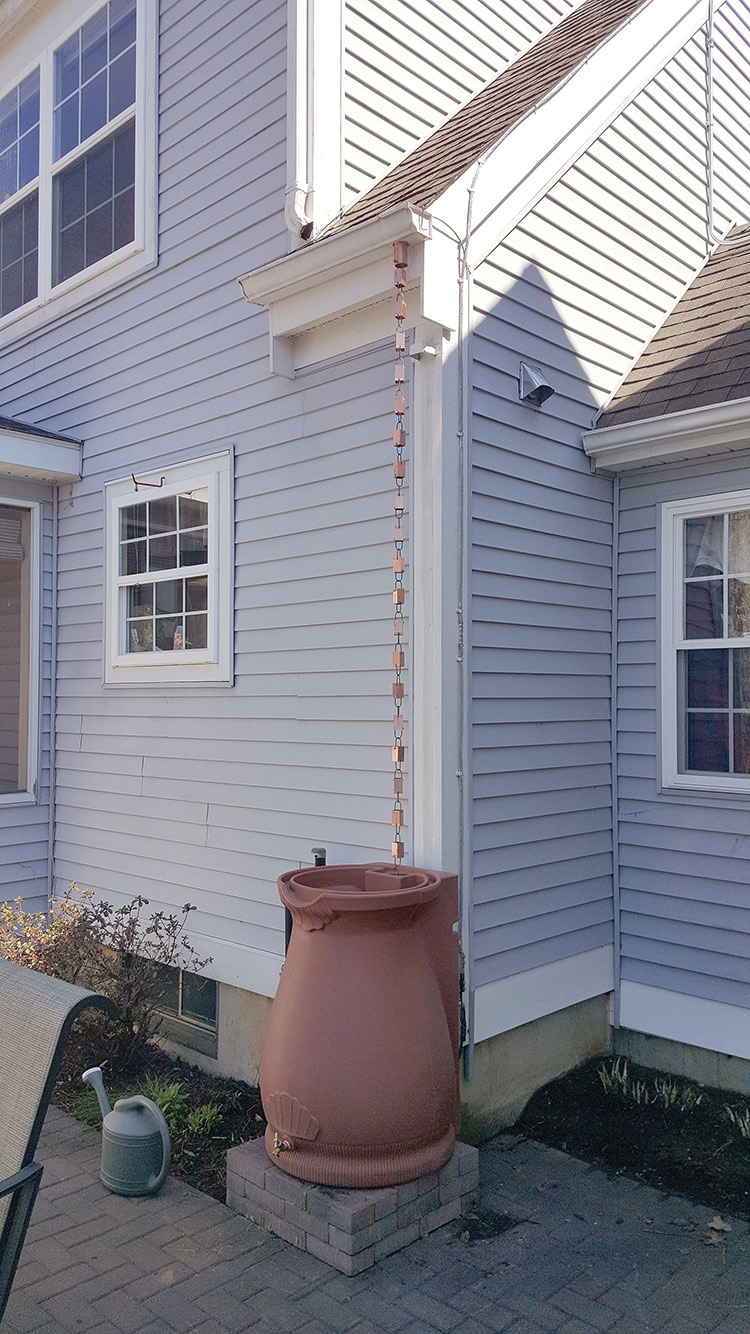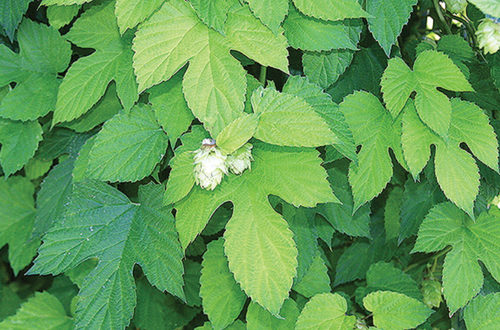By Michael Dietz, Ph.D.
SEPT-OCT 2016 – As a result of the Clean Water Act passed in the early 1970s, the quality of the surface waters in our state has improved greatly. However, there is still room for improvement, and the culprit is stormwater runoff from impervious surfaces such as roads, parking lots, and buildings.
Fortunately there are things that we can all do to help. This article summarizes some steps that you can take to reduce the impact of stormwater runoff from your property.
The main goal of these practices is to prevent stormwater runoff generated on your property from leaving your site.
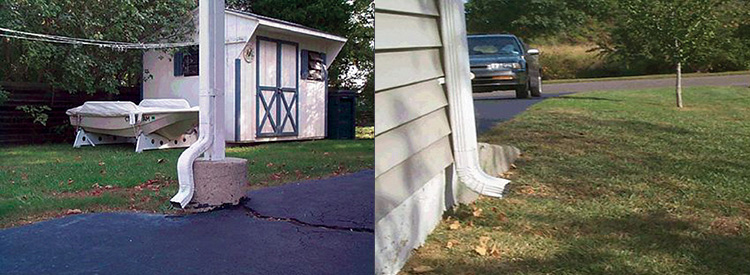
The main sources of runoff on residential properties are roofs (usually through gutter downspouts) and driveways that drain to the stormwater collection system in the road.
A quick inspection around your home will help you identify areas where water is leaving your site.
Disconnect your downspout. Take a look at where your gutter downspouts discharge. If they drain to a paved surface that then slopes toward the road, your roof is essentially connected to the nearest stream!
A simple change in the end of the downspout can help direct this water to a pervious surface such as your lawn or a garden bed, where it can sink in naturally. Just be careful of letting the water drain too close to your foundation if you have a basement.
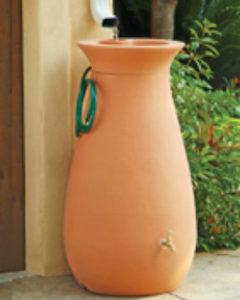
Install a Rain Barrel (or Two!)
A nice way to reduce stormwater runoff and get usable water for your plants is to install a rain barrel. Rain barrels come in many shapes and sizes, and they can be an attractive piece of your landscape.
Many vendors sell rain barrels (Amazon, Real Goods, and Gardeners Supply Company are examples), or you can make your own out of drums or used pickle barrels. Although oak barrels are available and look really nice, they can be problematic if the barrel sits empty – the staves can shrink and twist, rendering the barrel essentially useless.
It is not difficult to install a rain barrel, but you may need assistance. This video from Purdue University Extension is a step-by-step guide to help you install and maintain one on your property: engineering.purdue.edu/watersheds/videos.html
You may find that your rain barrel fills up quickly when it rains – for every half-inch of rain, every 100 square feet of roof will generate around 30 gallons of water!
You can use our rain garden area measurement tool to help estimate how much roof area is connected to your downspout: nemo.uconn.edu/raingardens/sizemap.htm
So, if you have the means, additional rain barrels can be installed to capture more water. They can be connected together (with piping) or used independently.
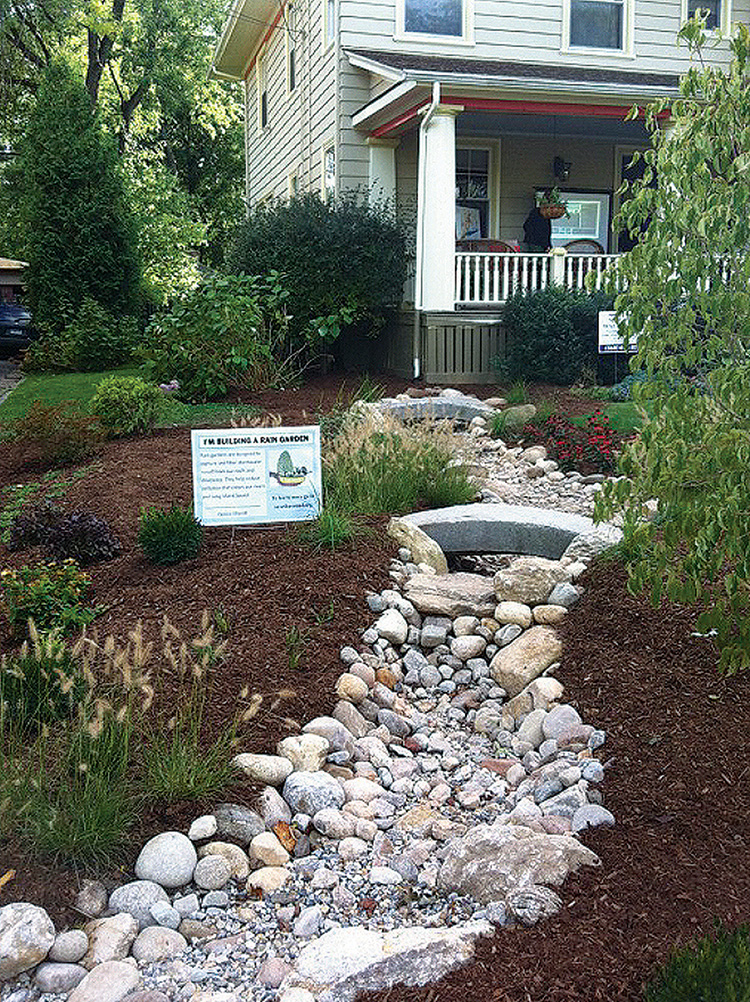
Install a Rain Garden
If you have stormwater runoff from a downspout or from a driveway, you can install a rain garden to help infiltrate this water. The rain garden can also add attractive landscaping to your yard, attracting butterflies and providing food for other wildlife.
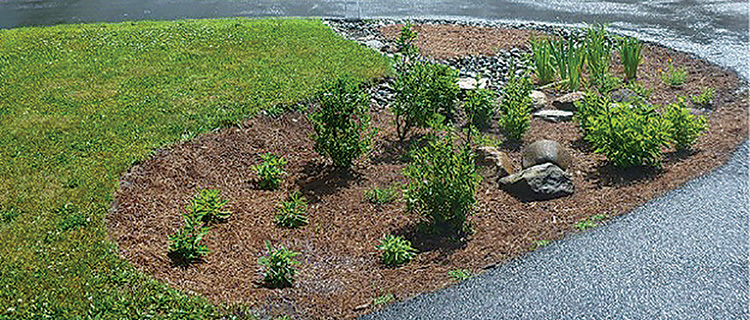
A rain garden is a depressed area in the landscape (usually about 6 inches deep) that is planted with native perennials, shrubs or even trees.

They can be simple or elaborate, but the concept is the same: capture water that would have gone into the stormwater system and direct it to garden.
For information on how to site, size, install and maintain a rain garden, visit our website: nemo.uconn.edu/raingardens
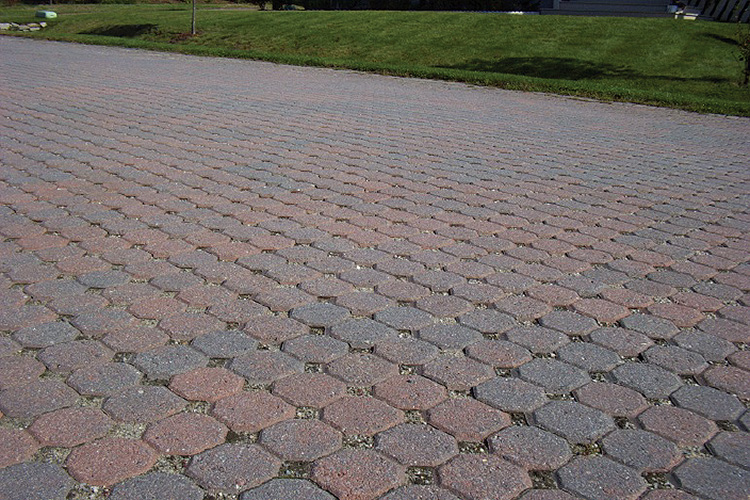
Costs range from $12-15 per square foot installed.
Install Pervious Pavement
If your paved areas drain off to the woods or a lawn area, they are not connected to the stormwater system.
However if your paved areas drain directly to the stormwater system, there are pervious options that will let rainwater sink in, reducing runoff from your site.
The key difference between these pavements and traditional ones is the preparation of the base; it needs to be pervious to allow water to sink down into the native soil. These systems are usually installed by professional contractors.
Pervious Interlocking Concrete Pavers (PICPs) are similar to regular paver blocks, except for the spaces where they meet. These spaces allow water to pass through into the storage layer below.
There are many different proprietary products available, including concrete or plastic grids that can be filled with crushed stone or planted with turf.
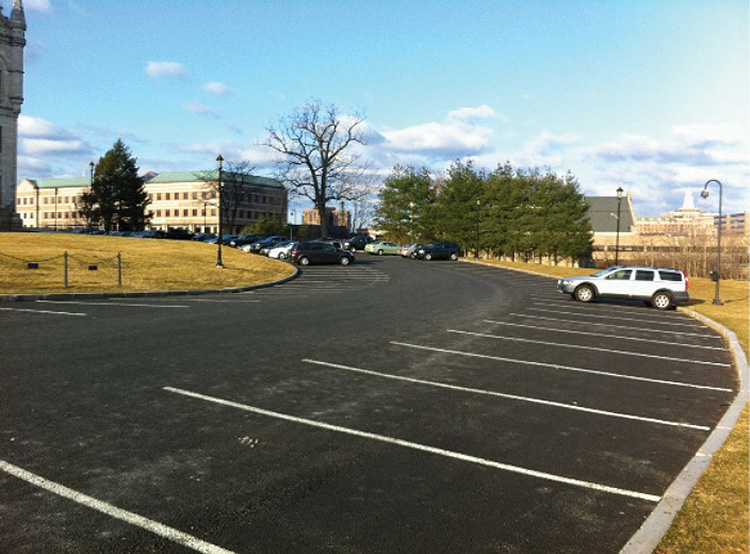
Install Pervious Asphalt
Pervious asphalt is also an option, but it can be difficult to find a contractor to do small areas like a driveway.
Pervious concrete is a special mixture of Portland cement, aggregate and water. It is applied differently than regular concrete, and needs to be installed by a contractor certified in this technique. Certified contractors in your area are listed here: nrmca.org/education/certifications/pervious_contractor.htm
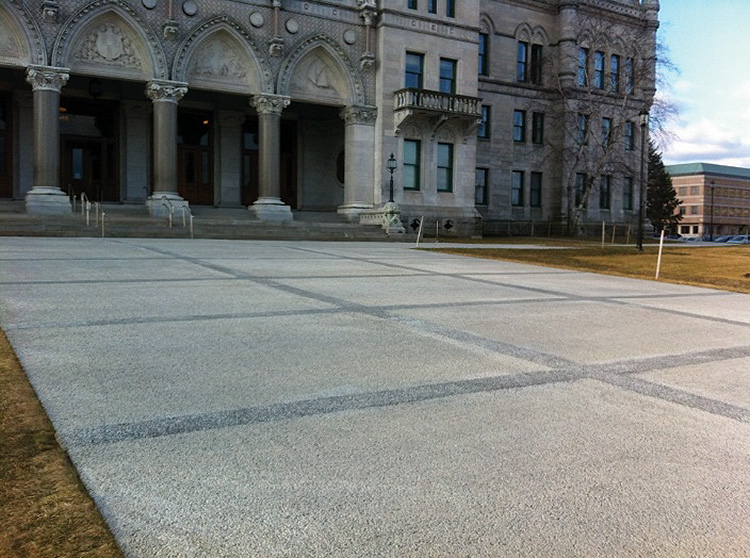
Pervious Concrete Panels
For small or large installations, precast pervious concrete panels may be useful. These Stormcrete™ panels are manufactured in controlled conditions, then delivered to your site fully cured and ready to use. More information can be found here: storm-crete.com
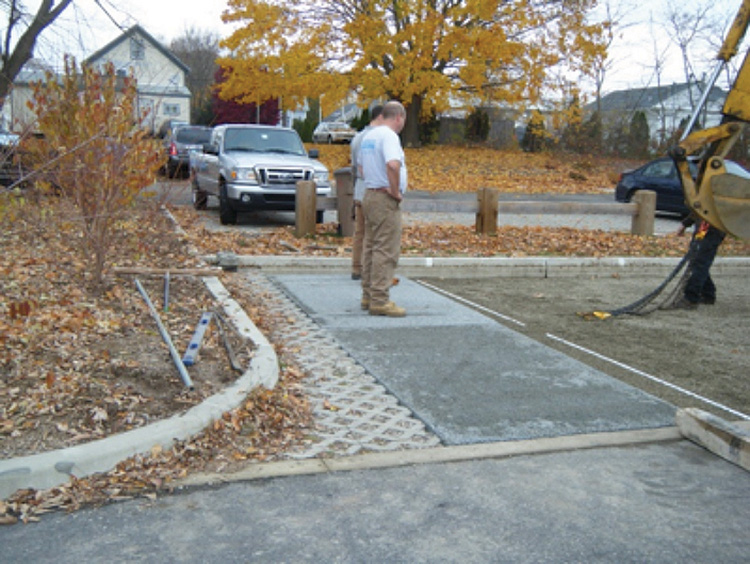
Every Drop Helps
There are many things you can do to help improve the quality of the waters in our area. Small changes to the way water is handled on your property can make a tangible difference downstream. So why not give it a try? Join the thousands of people who have made small changes to help improve water quality, and be a model for your neighborhood!

Mike Dietz is a water resources educator in UConn Extension, with primary responsibilities for running the CT NEMO Program (nemo.uconn.edu). His current work includes outreach on technical aspects of green infrastructure implementation, along with research on green infrastructure techniques. He received his Masters and Ph.D. from UConn, focusing on stormwater and low-impact development (LID) techniques.
